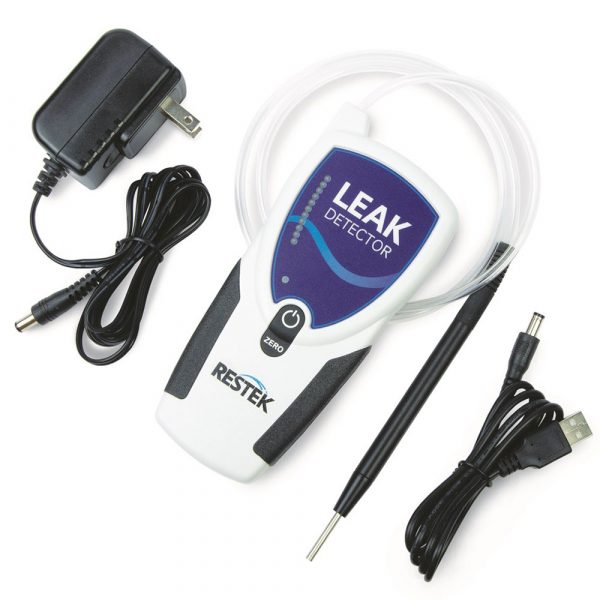Large leaks of carrier, detector or sample gases within the process GC oven can be catastrophically dangerous. Sample gases are often flammable and/or toxic, so leaks can pose both explosion and industrial hygiene hazards. Large leaks of hydrogen carrier or FID fuel gas can also pose a serious explosion hazard, though process GCs usually have safeguards in place to prevent such large leaks from occurring.
But what about small to medium carrier gas leaks? Are they a problem? The answer is yes, they can seriously impair your analyzer. A GC separation is designed to have a set carrier gas flow through the columns. If there is a moderate carrier gas leak somewhere in the process GC oven, the actual flows through the columns and to the detector may not be what they’re supposed to be, affecting peak retention times and negatively impacting your GC’s precision and accuracy. So having a leak-free system is essential.
Leaks usually spring up during initial commissioning of the instrument or during maintenance work. In either scenario, a quick 2-minute check for leaks just before you close up the GC oven can save you hours, even days of troubleshooting. It is well worth your time.
But there is a right way and a wrong way to perform a process GC leak check. Soap-based solutions commonly used for the detection of gas leaks must be avoided, as they contain organic components that can seriously contaminate your GC system. Digital leak detectors that employ thermal conductivity detection are the tool of choice. They provide astounding sensitivity for even the smallest leaks of helium and hydrogen, and can also detect larger leaks of nitrogen and argon. A digital leak detector is a must-have tool for all process analyzer maintenance shops.
Important Safety Reminder: Digital leak detectors can be a possible ignition source and must never be used in a potentially combustible environment without taking appropriate safety precautions to ensure the environment is not combustible. Be certain to read and follow all of the detector manufacturer’s safety instructions before using one.
